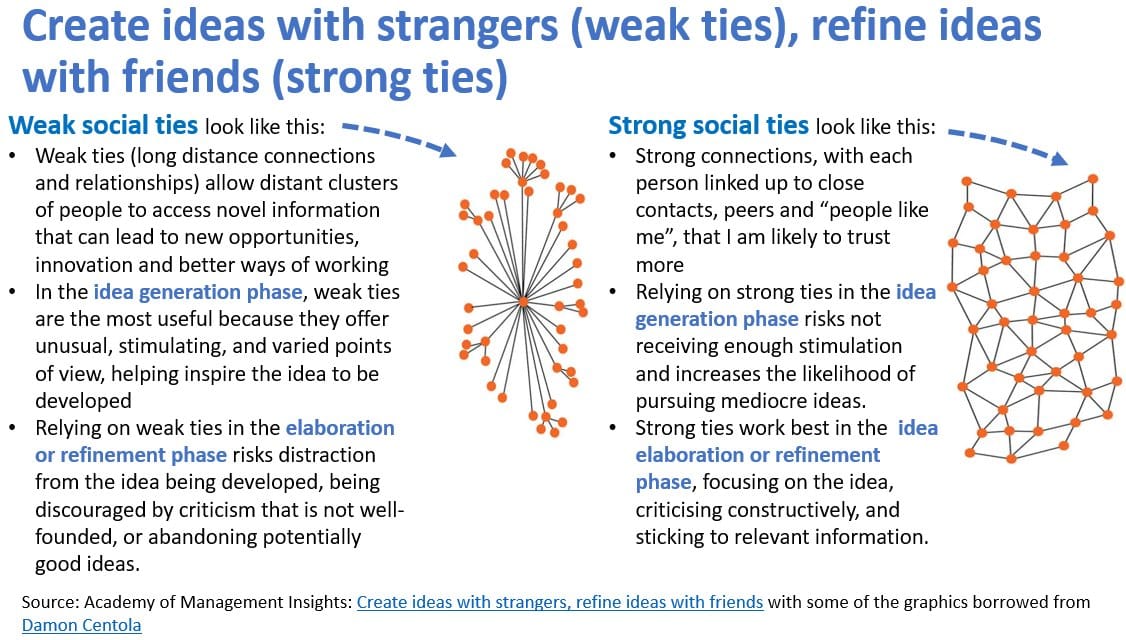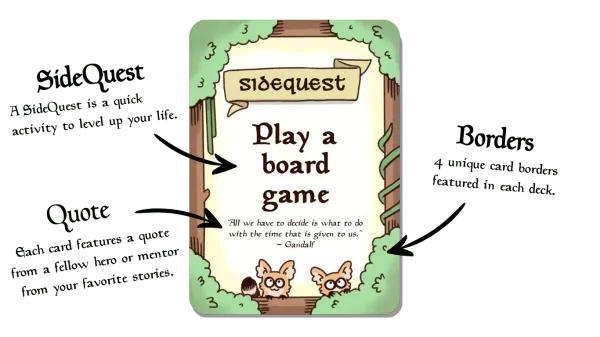№ 17 | Autonomy, Architecture in LotR, a Robot that Draws on Walls, Story Structure Analysis, and Insights into How to Collaborate for Breakthrough Ideas

Assessing Autonomy
“Dear Executive: Why don’t people act? This is why no one is stepping up.” I’ve been on both side of this autonomy discussion; it’s not as simple as it is often framed. Great question, with solid, honest answers.
LotR Architecture
I kind of love this tweet thread exploring the architecture of The Lord of the Rings films… It’s great to think about how architecture—IRL or on screen—affects us. The final tweet sums it all up rather nicely: “The buildings of our towns and cities affect us - shaping our emotions and conveying information - no less than those in cinema. More so, even, because we actually live and work in and use them every day.”

Scribit
Ooh—a robot that can draw on vertical walls?! Once you get past the ‘how is this possible’ stage (essentially same tech in 3d printers + nails and string…?), you can start thinking about potential applications. The co-worker who shared this has this to say: “Interesting take on the idea of bridging analog/digital with physical space. What if this were a bot to draw your workshop on the walls of a physical collaboration space?”

Story Structure Analysis [x3!]
What a week for sharing narrative patterns… First, I stumbled across this thread that identifies 12 storytelling principles used to write bestselling nonfiction (note: a qualitative analysis of works by only 3 authors, all successful). Then, my co-worker Erik casually mentioned the book The Bestseller Code. And later in the week, I stumbled across a more modern take on this analysis that uses “natural language processing to show that 85% of 1327 books analyzed fell under one of the following six shapes.”

Breakthrough Ideas and Collaboration
Here’s an interesting take, that kind of makes sense: “Create ideas with strangers, refine them with friends/peers.” Here’s the tweet from Helen Bevan that links to the full research.






